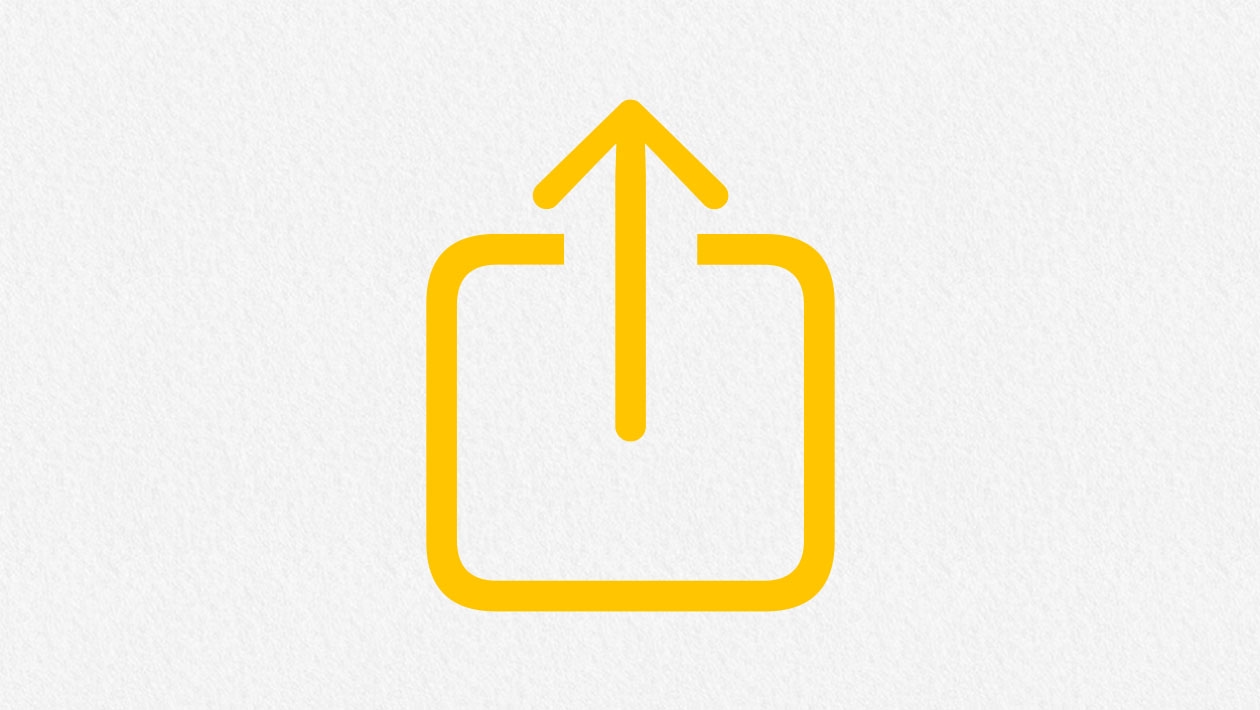Inspired by Chuck Langston’s Everyone Can Create podcast example, our Year 3 and 4 students investigated the fascinating journey of food and fibre from farm to plate. This hands-on project culminated in the students creating their very own "Guess What I Am!" podcasts, allowing students to research, script, and share their learning in an engaging way.
To provide context, the learning centred around farming and how it has evolved over time, exploring what is grown in Australia in general and locally, as well as the role technology plays in agriculture today.
The Process
By introducing our learning intention of describing the journey of a food or fibre from ‘farm to plate’ (its agricultural source to its final use), students then co-created the success criteria (in student-friendly language!):
Students researched the journey of a chosen item, breaking it into 3-4 key steps. We modelled and reviewed how to use keywords and credible sources of information to help with their research. This is an ongoing life skill and process!
Then, the students began to create their "Guess What I Am!" podcast script, using descriptive clues that slowly reveal their item. (We provide an example of a podcast which we had fun creating and recording ourselves!) Students recorded their podcasts using GarageBand, building skill in learning to use technology effectively to enhance their overall presentation.
Reflection
The process was heavily scaffolded, with a clear learning intention and success criteria, as well as guided research strategies that supported students with specific search terms. We created a podcast example for our students, and thanks to Apple Intelligence, we developed simple, step-by-step script examples, such as the journey of olive oil, cotton, and linen.
This approach also incorporates Universal Design for Learning (UDL) principles by offering multiple ways to engage, represent learning, and express understanding, ensuring accessibility and success for all learners.
Tips and Tricks
- The process is a multi-stepped approach, so give yourself and your students time to create. It can even be tricky to find a quiet place to record! Working in pairs was helpful for our students, as it allowed them to support each other during their planning and recording.
- Choosing food or fibre along with the clues, so as not to make it too obvious
- For this age group, adding the music was another set of lessons… Adjust the volume level of the sound effects to ensure they don’t overwhelm the narration.
Creating a podcast with our students has been a project I eagerly wanted to bring to fruition, and it didn’t disappoint! The students were excited and engaged in the learning, and it unexpectedly highlighted some up-and-coming podcasters!
Have you tried something like this in your class? What has worked for you? If so, please share in the comments below. I have included a student example, which could serve as a scaffold for learning.
Slide deck credit: Slidesgo












July 19, 2025 . English
English
Loved the sample Podcast Mary! (Spoiler alert - I drink it every morning!)
Great learning activity for multiple disciplines. Students love guessing games and with this approach they can create one - and learn both content and communication techniques while creating. Farm to plate is a wonderful topic for us all to learn about. Love that you built out and shared this lesson for us and outlined the success criteria! Thanks!
This action is unavailable while under moderation.
This action is unavailable while under moderation.